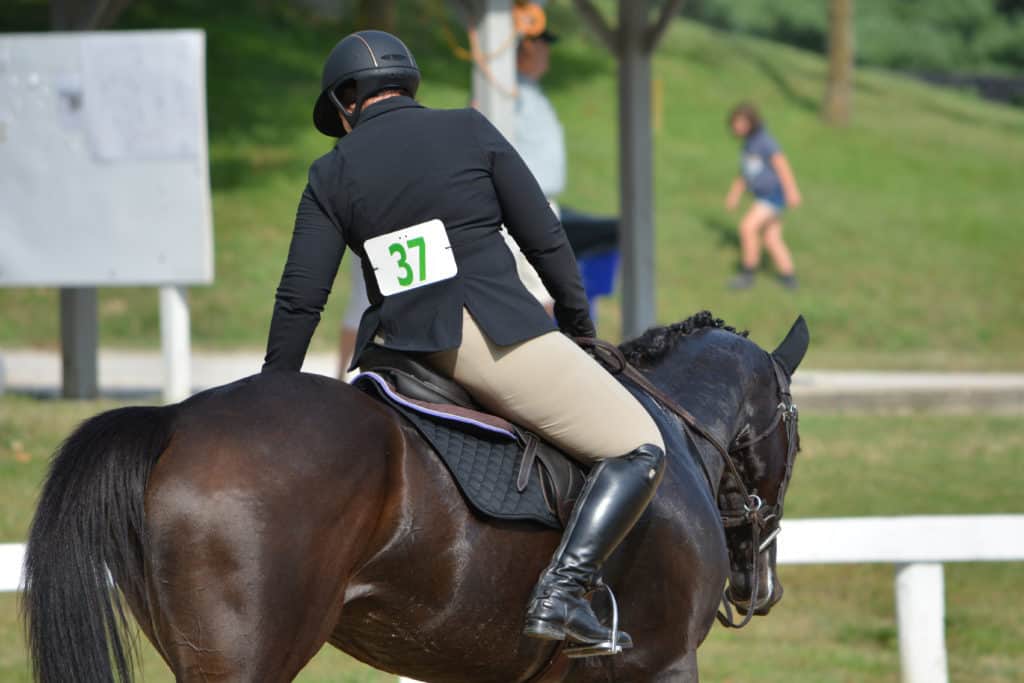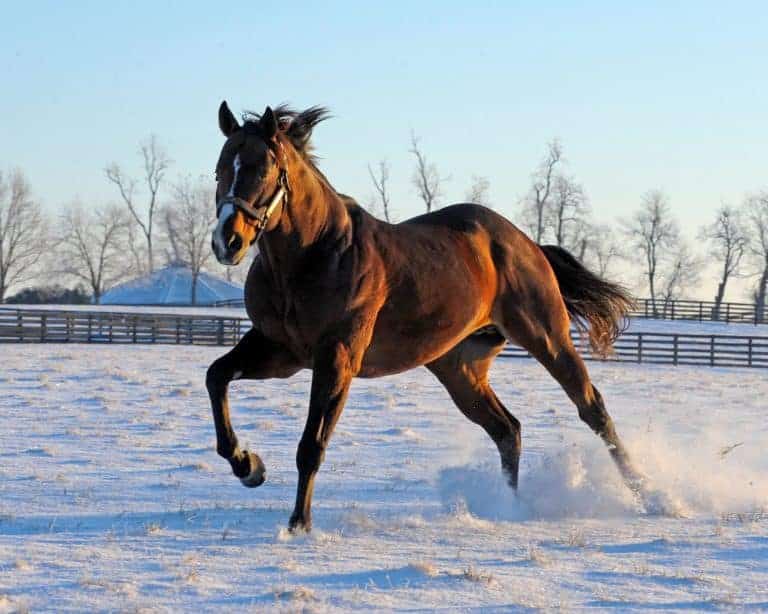
Horse Hoof Sole Packing Reduced Impact Vibrations in Pilot Study
The theory is that when the polyurethane pour-in packing absorbs the shock from the hoof impacting the ground, it prevents it from traveling further up the musculoskeletal system, where it could cause wear and tear injuries.






























